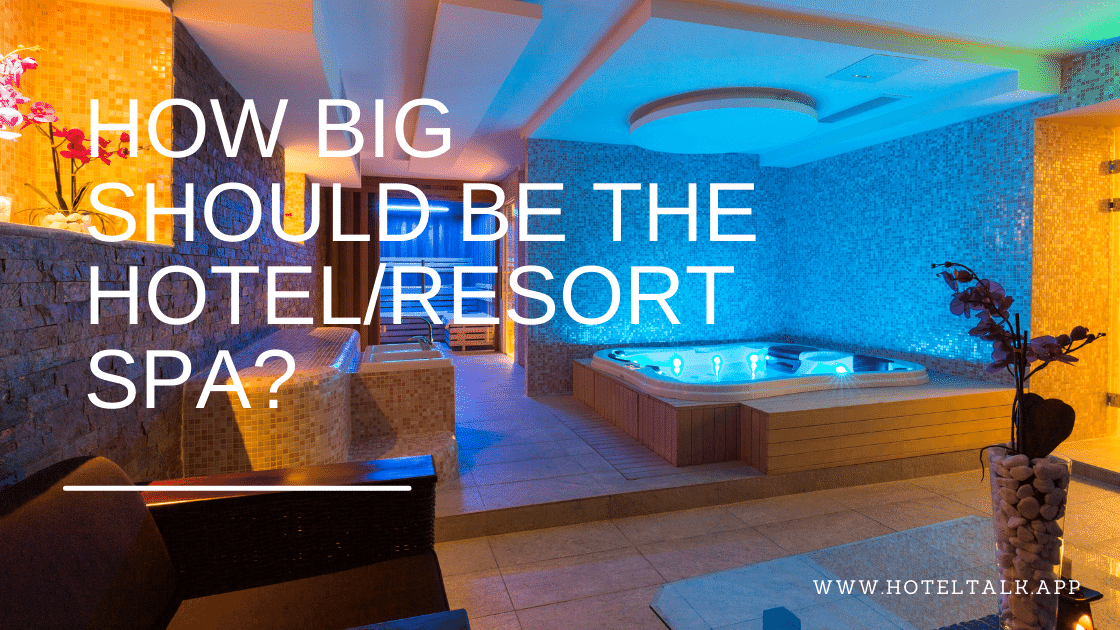The ratio of guest rooms to treatment rooms is based on many factors, including the anticipated return on investment to the owners, the topography of the site, the scope and theme of the spa, and the competition. In a destination resort, where the reason for the spa facilities is the reason for the trip, there should be an average of 1 treatment room for every 4 to 5 guest rooms. At the other end of the spectrum, such as a casino hotel, the spa is definitely an amenity, and 1 treatment room should be built for every 50 to 100 guest rooms.
The spas at lower-end hotel properties normally are limited in scope and are often between 3,000 and 6,000 square feet, whereas luxury spas at full-service, high-end resorts average between 10,000 and 35,000 square feet. These ranges vary based on each hotel’s specific circumstances, including seasonality, accessibility, meeting space, fill patterns, and local demand. Each market and each lodging product must be individually evaluated to assess the appropriate ratio of treatment rooms to guest rooms.
Another matrix that measures the viability of a resort or hotel spa is the cost to build the facility. Once again, a number of factors support various outcomes in this process, including the amount of available land, the finishes of the spa, the finishes of the hotel (these should be compatible), and the need to develop a spa either vertically or horizontally.
Vertical spas are most often built in environments where land is scarce or the allocated footprint for the spa is too small for one floor.
Vertical construction always raises the price per square foot, as load distribution, drainage, and the weight of equipment and water must be factored into the construction design and budget. The cost to construct a resort or destination spa can range from as low as $200 per square foot to over $450 per square foot. High land-value areas and plumbing-rich design schemes will send cost dramatically above this range.
